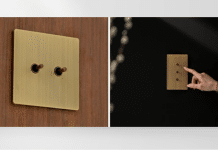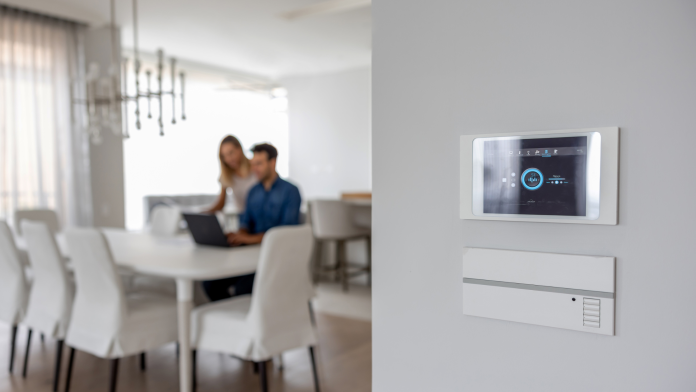
Smart Home World presents an overview of Smart Home Hubs, and how they have evolved over the years from Centralized Control to Advanced Automation. Read on to know more…
Smart Home Hubs have become a cornerstone of modern living when it comes to home automation and Smart Home Technology! As India embraces the era of smart living, the widespread adoption of Smart Home Hubs is evident. The growing acceptance of Smart Home Hubs in India can be attributed to their ability to streamline and enhance daily tasks. From controlling lights and thermostats to managing security systems and entertainment devices, these hubs provide a centralized platform for convenient and efficient home automation.
Functionality and Integration with Other Devices
For those few readers who are not familiar with the functionality and integration, a smart home hub usually has a built-in switch, which maintains the information necessary to determine how and where data is forwarded. Devices may also include computing resources to perform some processing tasks before data is forwarded. The associated smart home app acts as a “universal remote” for all smart home devices, allowing the owner to monitor elements of the smart home network and automate, schedule and control tasks.
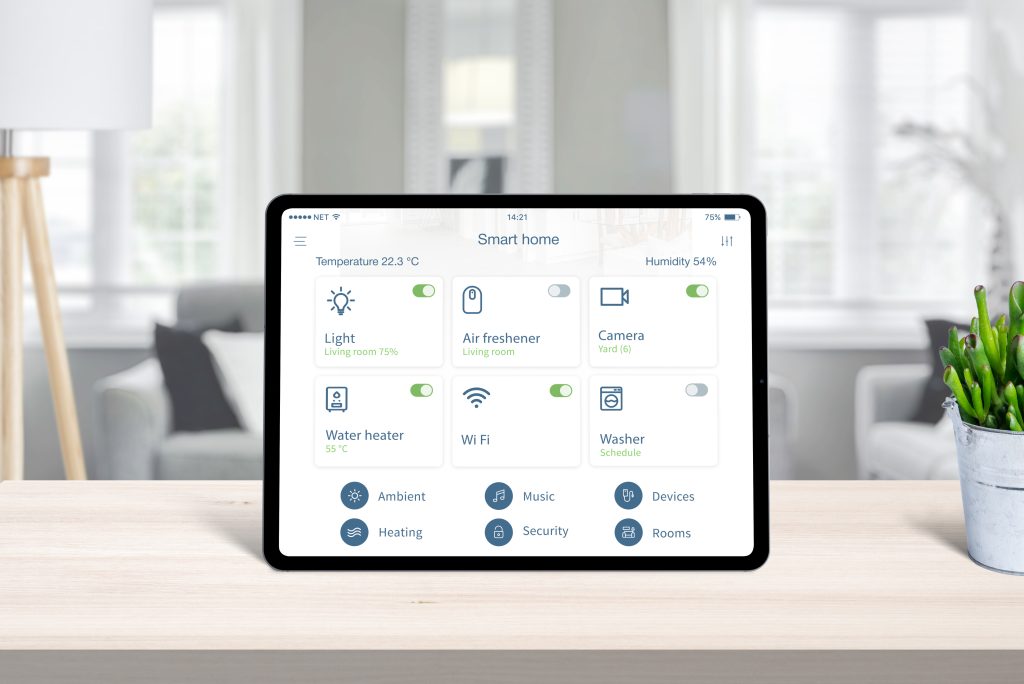
Smart home hubs can control many smart home and IoT-enabled devices and systems, including smart sensors on thermostats, lightbulbs, outlets and switches, door locks and sensors, doorbells, garage door openers, energy monitors, window treatments/coverings and sensors. They can also control motion sensors, flood and leak sensors, smart radios and speakers, security systems and cameras, smoke and carbon monoxide detectors, irrigation controllers, fans, water heaters and other household appliances.
Many smart home devices come with their proprietary hubs, but these systems often cannot integrate with other smart home systems, disabling devices from communicating — for example, if a smoke detector senses a fire, it may not be able to tell the smart locks to unlock the door for an easier exit or firefighter access. In this instance, a dedicated smart home hub can offer a single point of control. Likewise, if a homeowner uses smart lightbulbs from different manufacturers, each may have its hub with its App. A dedicated smart home hub can combine and simplify the use of disparate hubs.
Though a dedicated smart home hub provides a centralized command center, it doesn’t mean the proprietary hubs can be discarded; a dedicated smart home hub won’t replace the hubs that come with devices, but it connects them all into a centralized location. Getting rid of proprietary hubs can reduce the device or system’s functionality.
Popular Brands
There are many brands with many advanced features like Control4 is a good choice for your home control system because of how well it integrates with other devices and platforms. Control4’s software platform works with more than 12,000 devices across 300 manufacturers. SAVANT systems offer greater customization. You make these scenes by picking a device or combination of devices and telling them to perform certain functions in certain situations. For instance, an “Away” scene might turn Off all the lights, lower your shades, lock your doors, and turn on your security system as you leave for work. Another option is CRESTRON, their control app, Crestron OS 3, can be tweaked down to the most minute detail. There are no one-size-fits-all solutions for a Crestron system. Lutron is the industry leader in creating powerful, easy-to-manage smart lighting and shading systems.
Other popular smart home hub products in the market are Samsung SmartThings Hub, LG ThiQ, Philips Hue Bridge, Amazon Echo Plus and Google Nest Hub to name a few. While the other smart speakers and devices that can be used as smart home hubs include Apple HomePod, Apple TV 4K and Google Nest.
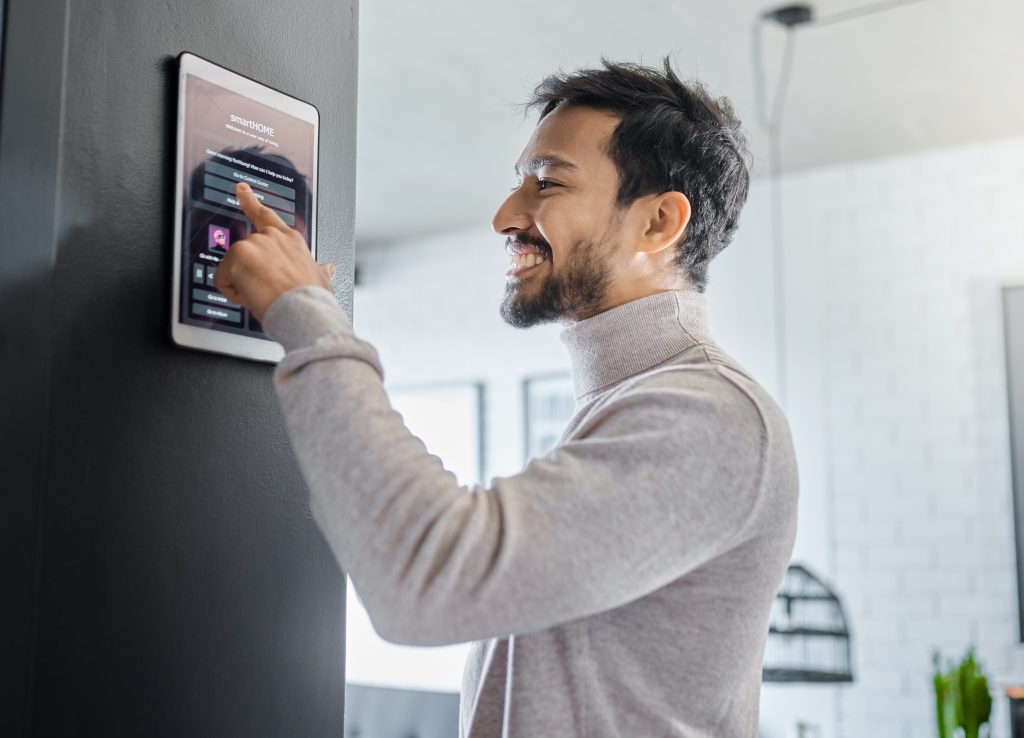
Centralized Control to Decentralized Intelligence
The evolution of smart home hubs has been a remarkable journey, transforming from centralized control systems to sophisticated platforms that enable advanced automation. As we delve into the future of smart home hubs, it becomes evident that the trajectory is set toward creating more intelligent, intuitive, and seamlessly integrated systems that cater to the diverse needs of modern households.
Traditionally, smart home hubs acted as centralized control points, managing various connected devices. However, the future sees a shift towards decentralized intelligence. Rather than relying solely on a central hub, smart homes will feature distributed intelligence, with devices capable of making localized decisions. This not only enhances response times but also ensures functionality even if the central hub experiences connectivity issues.
Expert views on Growth Drivers, Challenges and what advantages they prefer
Key growth factors that will drive the adaptation of smart home hubs in the future according to Rakesh Sachdev, Founder & MD Acetech Technologies, “Visibility in home automation will undergo a revolution similar to the widespread adoption of flat Screens. As more people embrace home automation, it becomes a sought-after feature for others. Energy saving, is a crucial driving factor, especially with rising energy costs. For the aspirational middle class, the concern over energy costs becomes a significant influence on their decision to invest in home automation. Additionally, sustainability emerges as another key driver. Rakesh emphasizes the importance of low cost, feasibility, easy availability, and energy efficiency in influencing purchasing decisions. He underscores the need for education about these solutions in India, where cautious spending habits are a crucial factor in adopting new products or services.”
Ar. Suraj Mittal, Principal Architect, Future Concepts, “Until we instill that feel-good factor and educate users at large. They will be in two minds whether to invest substantial amounts like 20 lakh rupees or 15 lakh rupees in automation. However, comprehending the specifics of what automation entails can be challenging. In our experience, engaging with over a hundred projects annually, we find that in approximately 65 to 70 percent of these projects, automation is a necessity. Yet, during the initial client conversations about automation, they often have little to no understanding of its components; their knowledge is limited to operating light with their phone, and most likely he can play songs.”
Ashwani Agrawal Aura Smart, Co-Founder & CEO Aura Smart says, “Visibility and reach are poised to be the driving forces behind the narrative. Presently, the reach is limited in India, focusing mainly on architect-driven projects in urban areas. However, there exists a vast, untapped market in houses led by contractors in rural or semi-urban spaces and towns. Currently, our reach hovers around a mere half a percent, leaving a significant portion of the market untapped. This untapped segment represents a potential game-changer where volumes could surpass our expectations. To accelerate this expansion, addressing real and pressing issues, such as water insecurity or simplifying everyday tasks like lighting control, can be instrumental.”
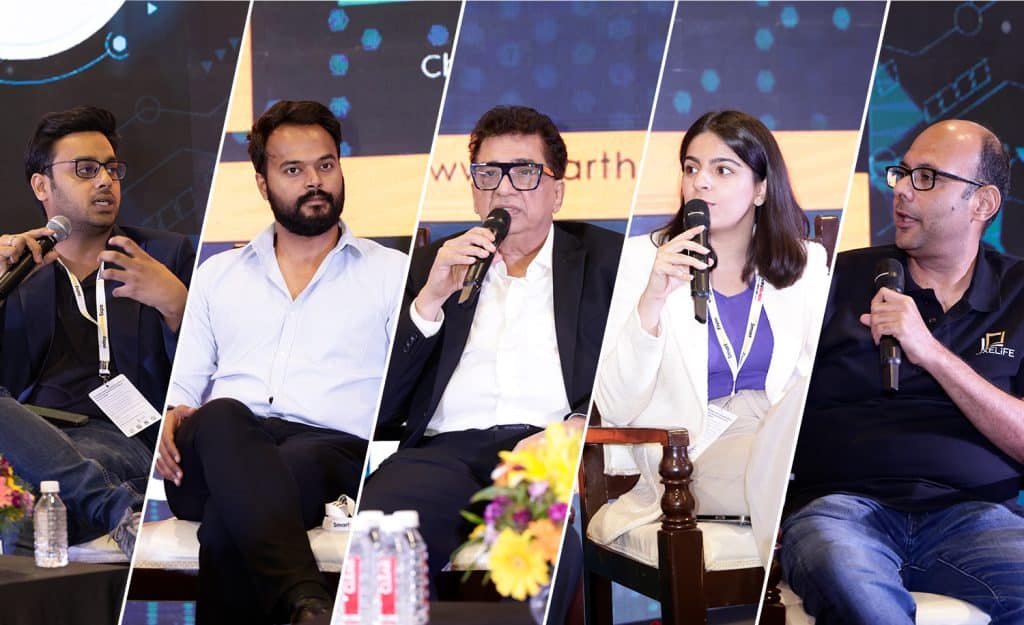
Professional Expectations and Views
Adding his insight on the influence of AI Rakesh Sachdev, Founder & MD, Acetech Technologies, says, “The future of smart home hubs is undeniably intertwined with the integration of artificial intelligence. AI algorithms will analyze user behaviors, preferences, and patterns, allowing the system to learn and adapt over time. This level of sophistication will enable predictive automation, where the smart home hub anticipates the user’s needs and adjusts settings without explicit commands.”
Priyanka Singh, Founder and Studio Head, Chalk Studio, says, “I wish there were smart devices invented in the future that can effortlessly maintain homes. Picture this: self-cleaning spaces and ingenious devices ensure your plants thrive with automated watering – a valuable addition for our clients. Additionally, addressing common household woes like water leakages and seepage, imagine a groundbreaking tool for plumbing pipes that detects potential damage before it becomes a costly problem. Innovations like these not only enhance convenience but also save both money and headaches for homeowners. The future of homes is poised to be not just smart but seamlessly self-sustaining.”
Rajiv Raj Jain, Founder Play Technologies “My perspective on this subject is quite revolutionary. The potential of AI exceeds our current imagination. AI is set to revolutionize two or three key areas. Firstly, energy conservation will undergo a significant transformation. Secondly, AI’s impact on self-healing processes is poised to be a game-changer. Imagine predicting, preempting, and addressing issues before they even occur. This level of analytical prowess is what AI will bring to the table. Lastly, AI will play a crucial role in ensuring safety, particularly for residential occupants. The future landscape will see AI contributing to energy efficiency, proactive self-healing, and elevated safety standards.”
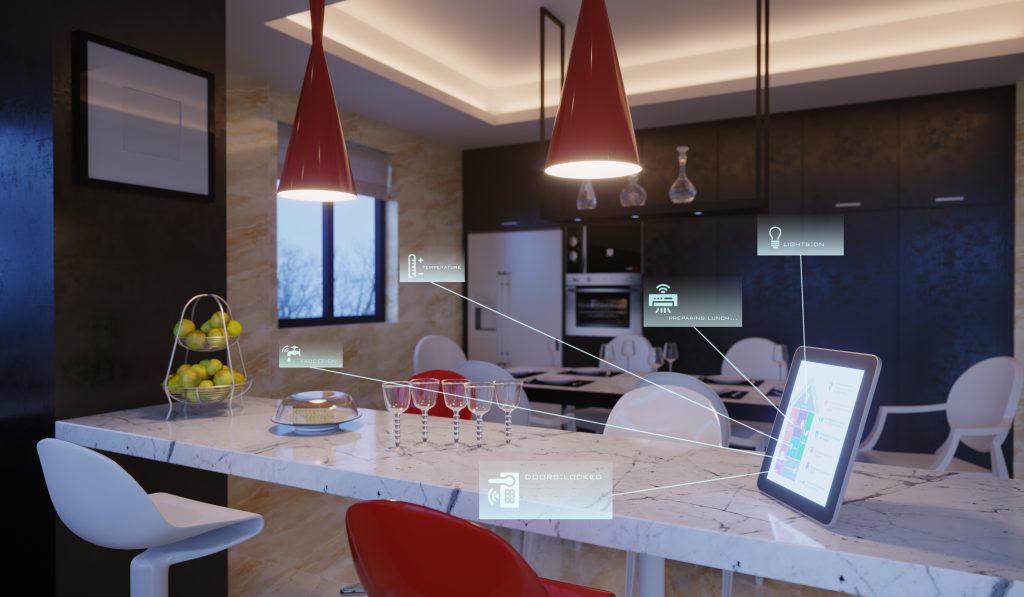
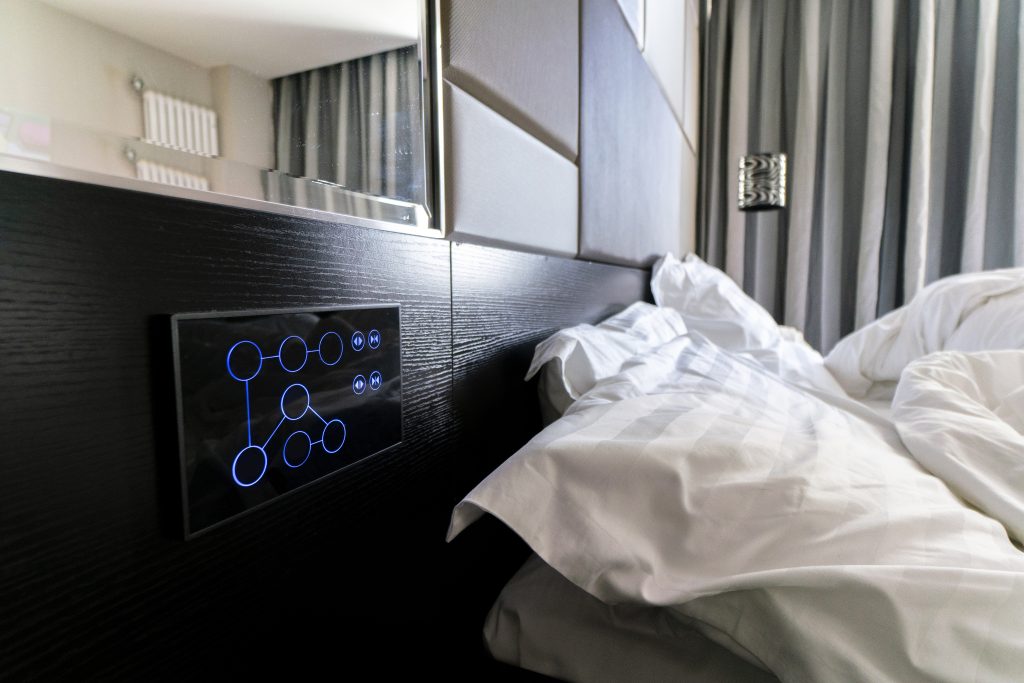
On the other hand, there are a few challenges in this segment adding his insight on the same Ar. Suraj Mittal, Principal Architect, Future Concepts says “The obstacle isn’t budgetary but rather in the adaptation of Smart hubs across a broad socioeconomic spectrum, given the diverse socioeconomic backgrounds we encounter geographically. The range is substantial, introducing a varied landscape of challenges in the process of adaptation.”
Forecasting the Future…
Interoperability and Standardization:
As the number of smart devices continues to grow, interoperability becomes crucial. Future smart home hubs will prioritize seamless integration with a wide range of devices from different manufacturers. Standardization efforts will play a key role in ensuring that devices can communicate effectively, fostering a more interconnected and cohesive smart home ecosystem.
Voice and Natural Language Processing:
The trend of using voice commands for smart home control is likely to intensify. Future smart home hubs will feature advanced natural language processing capabilities, allowing users to communicate with their homes more conversationally. This not only enhances user experience but also makes smart homes more accessible to individuals with varying levels of technological proficiency. Rakesh Sachdev says, “Certainly, voice commands have gained immense popularity, particularly among senior citizens who prefer a hands-free approach, avoiding app or phone usage. The upcoming interoperability with Matter could lead to Siri communicating with Google Nest or a Google Talk device interacting seamlessly with Samsung, further enhancing its appeal. However, the primary concern I observe today is the security aspect.”
Rajiv Raj Jain adds “In my radical perspective on voice technology, I foresee a significant transformation for Google and Alexa in the coming years. The current limitation lies in the serial processing nature of voice devices, where you have to give instructions before the device executes. Soon, we’ll witness a groundbreaking shift where voice interactions become more natural, understanding context and progressing seamlessly in the conversation.”
Edge Computing for Real-time Processing:
To meet the demand for faster response times and increased privacy, smart home hubs will leverage edge computing. By processing data locally on devices instead of relying solely on cloud-based services, smart home systems can deliver real-time responses while minimizing concerns related to data privacy and security.
Energy Efficiency and Sustainability:
Future smart home hubs will prioritize energy efficiency and sustainability. Advanced automation algorithms will not only optimize energy usage based on user behavior but also integrate with renewable energy sources. This eco-friendly approach aligns with global efforts towards sustainable living.
Enhanced Security Measures:
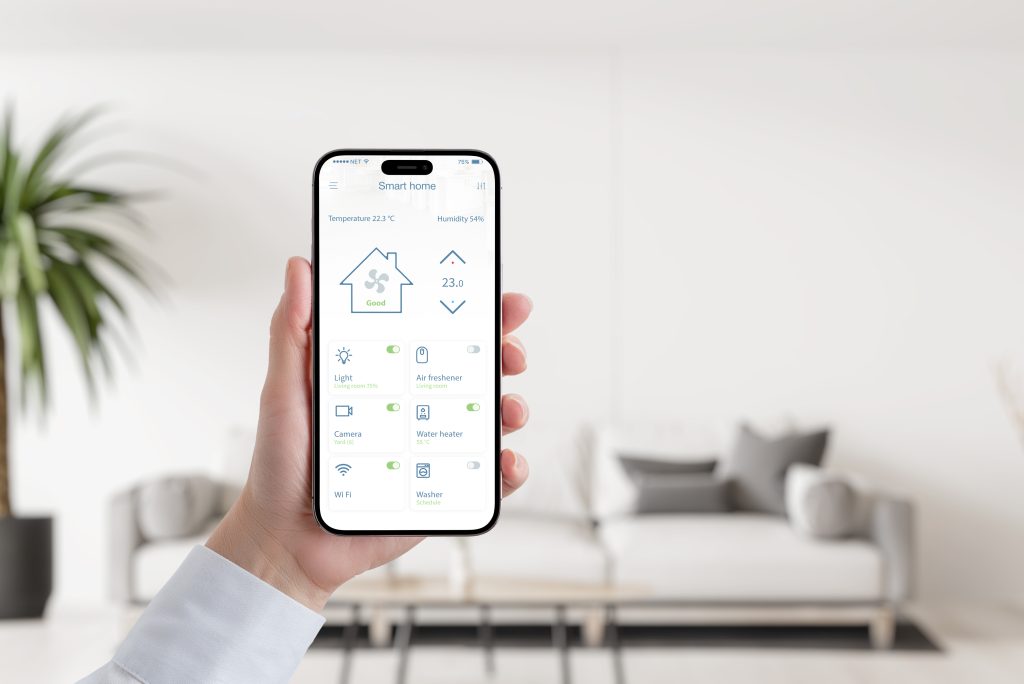
As smart homes become more interconnected, security will be a top priority. Future smart home hubs will implement robust security measures, including advanced encryption, secure device authentication, and proactive threat detection. This ensures that the benefits of automation are not compromised by potential cybersecurity risk.
User-Centric Design and Personalization:
The future of smart home hubs will revolve around user-centric design and personalization. Systems will be more intuitive, allowing users to easily customize automation scenarios based on their preferences. This shift towards greater personalization enhances the overall user experience and encourages wider adoption of smart home technology.
The growing acceptance of Smart Home Hubs in India reflects a shift towards a more connected, automated, and intelligent way of living, aligning with the global trend of smart home technology integration. As technology continues to advance and become more ingrained in daily life, the role of Smart Home Hubs is likely to expand, further shaping the future of homes in India.
In conclusion, the future of smart home hubs is marked by a transition from centralized control to advanced automation, driven by artificial intelligence, interoperability, voice control, edge computing, sustainability, enhanced security, and a focus on user-centric design. As these trends unfold, smart homes are poised to become more intelligent, adaptive, and seamlessly integrated into the fabric of our daily lives.
(The insights from industry experts are taken from the panel discussion held at the 2023 Smart Home Expo.)
Click here to read full December issue- https://www.smarthomeworld.in/magazine-december2023/








